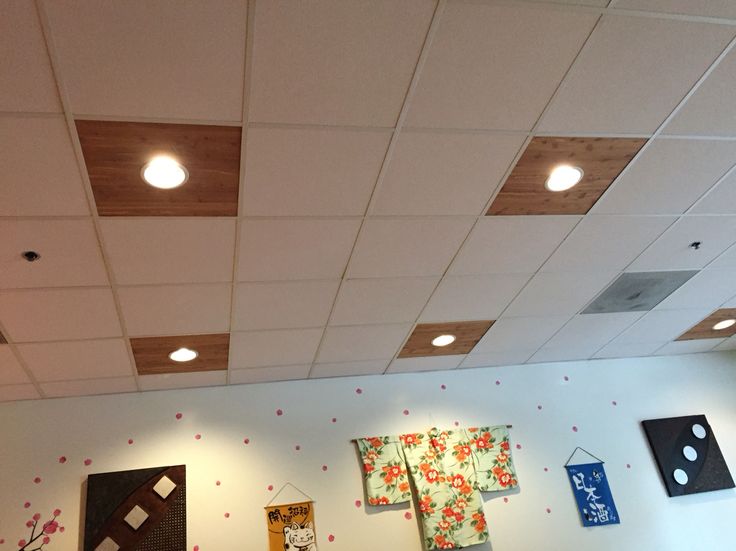Are you looking to optimize the lighting in your space without sacrificing headroom or aesthetics? Recessed lighting drop ceiling solutions offer a sleek and efficient way to illuminate rooms with suspended ceilings. In this comprehensive guide, we’ll delve into the world of recessed lighting for drop ceilings, exploring its benefits, installation process, and design considerations to help you create a well-lit and inviting environment.

Understanding Recessed Lighting Drop Ceiling
What is Recessed Lighting for Drop Ceilings?
Recessed lighting, also known as can lights or pot lights, refers to light fixtures installed into the ceiling cavity, providing a seamless and unobtrusive lighting solution. When used in conjunction with drop ceilings, recessed lighting fixtures are mounted within the suspended ceiling grid, offering a clean and modern aesthetic.
Benefits of Recessed Lighting Drop Ceiling
Recessed lighting for drop ceilings offers several advantages over traditional surface-mounted fixtures, including:
- Space-saving design: Recessed fixtures install flush with the ceiling, maximizing overhead space and creating a streamlined look.
- Versatility: Recessed lighting can be strategically positioned to provide targeted illumination or ambient lighting, depending on the desired effect.
- Improved aesthetics: By integrating seamlessly into the ceiling, recessed lighting fixtures contribute to a clean and uncluttered visual appearance.
Recessed Lighting Drop Ceiling: Installation and Design Tips
Installation Process
Installing recessed lighting in a drop ceilings involves several steps:
- Plan the layout: Determine the placement and spacing of the recessed fixtures based on the room’s dimensions, lighting requirements, and aesthetic preferences.
- Prepare the ceiling grid: Modify the drop ceiling grid to accommodate the recessed lighting fixtures, ensuring proper support and alignment.
- Install the fixtures: Cut openings in the ceiling tiles according to the planned layout, then mount the recessed lighting fixtures into the grid.
- Wire the fixtures: Connect the wiring for each fixture to the electrical circuit, following local building codes and safety guidelines.
- Test and adjust: Once installed, test the recessed lighting fixtures to ensure proper functionality and adjust as needed for optimal illumination.
Design Considerations
When designing a recessed lighting layout for a drop ceiling, consider the following factors:
- Room usage: Determine the lighting needs based on the room’s function, such as task lighting for work areas or ambient lighting for living spaces.
- Ceiling height: Choose fixture sizes and placement that maximize headroom while providing adequate illumination throughout the space.
- Aesthetic preferences: Select fixtures that complement the overall design aesthetic of the room, whether it’s modern and minimalist or classic and traditional.
Advantages of Recessed Lighting Drop Ceiling
Enhanced Ambiance
Recessed lighting fixtures can create a warm and inviting atmosphere by evenly distributing light throughout the room, reducing harsh shadows and glare.
Space Optimization
By recessing the fixtures into the ceiling, you can maximize floor space and minimize visual clutter, making the room feel more spacious and open.
Energy Efficiency
LED recessed lighting fixtures offer energy-efficient illumination, consuming less power and lasting longer than traditional incandescent bulbs, resulting in lower utility bills and reduced environmental impact.
Conclusion
Recessed lighting for drop ceilings offers a versatile, space-saving, and aesthetically pleasing lighting solution for a wide range of applications. By understanding the installation process, design considerations, and the benefits of recessed lighting, you can create a well-lit and inviting environment that enhances the functionality and visual appeal of any space.